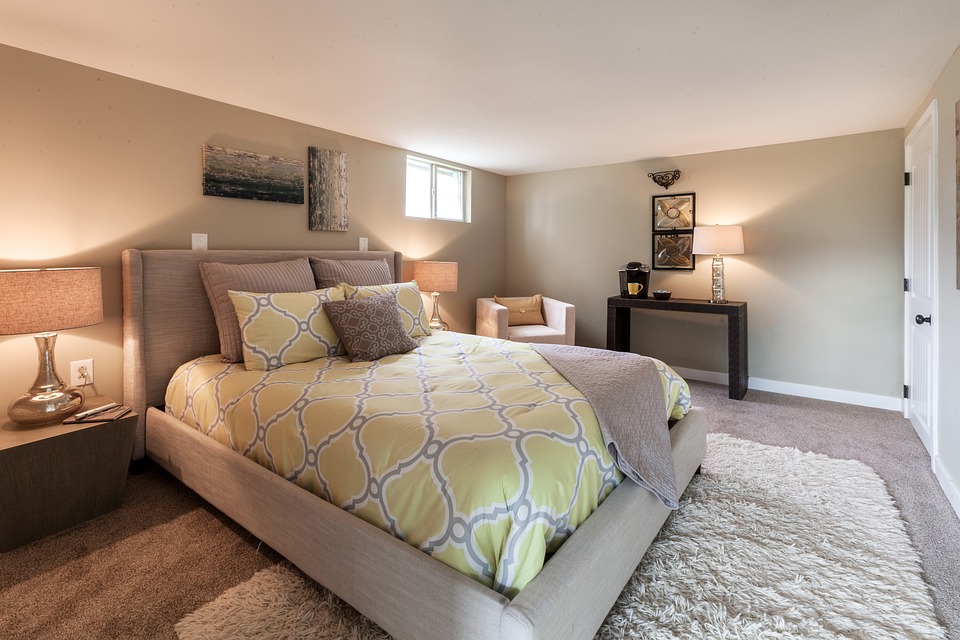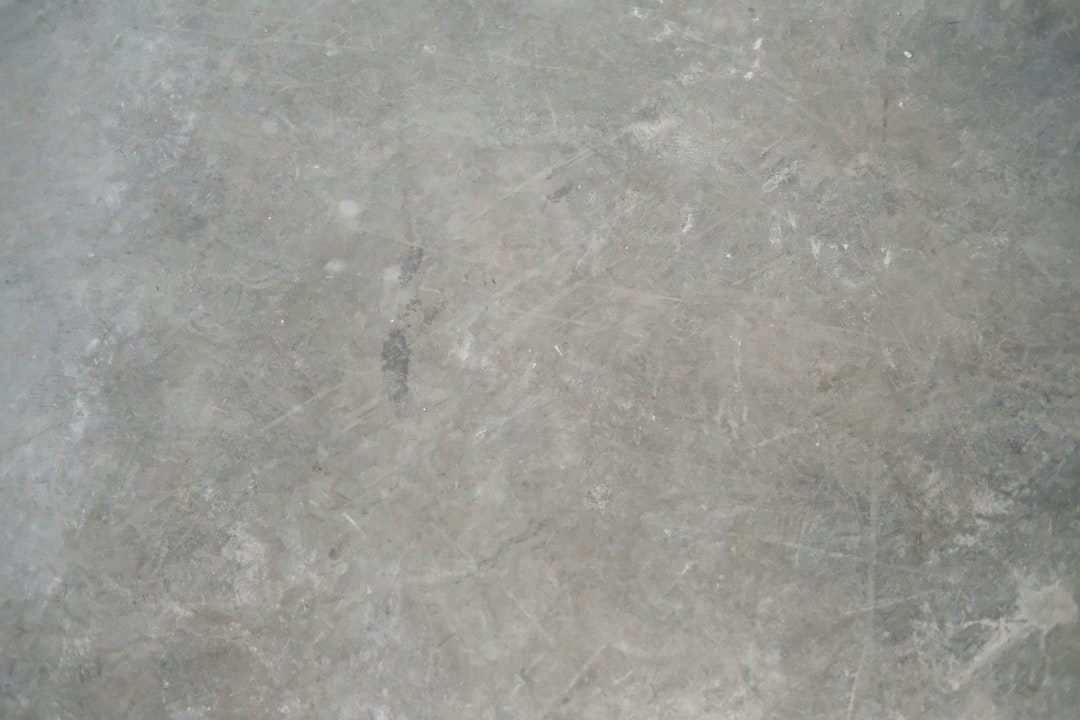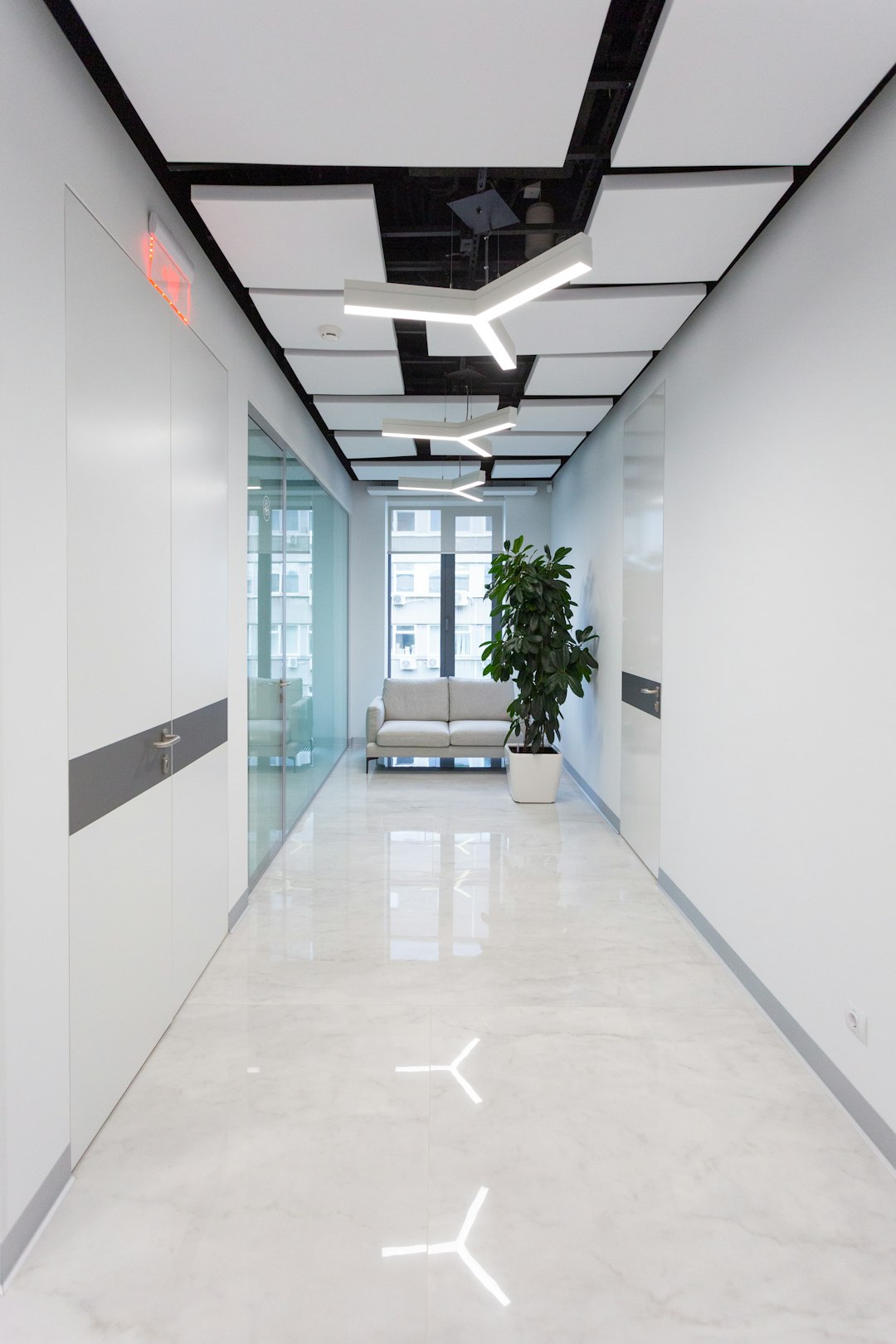Damp basements are a common problem especially in areas with high humidity or older homes with basements that do not come with insulation. Aside from fixing existing problems like water leaks and patching a damp foundation, you can also make sure that your basement is properly insulated from moisture and humidity. There are three types of insulation most commonly used by contractors in the country. Read on to learn more about them.
Spray foam
Spray foam is a great way to Insulation for Damp Basements walls because it creates a water-resistant barrier stopping outside air from getting in. Spray foam can fill hard-to-reach nooks and crannies and harden in place, creating a snug seal. It is water-resistant so there is very little risk for mold and mildew growth. Because spray foam creates a perfect seal, you eliminate drafts and you also dampen noise coming from the basement. It does need to be installed correctly to avoid gaps in the seal to prevent humidity and moisture issues in the future.
Foamboard
These are rigid panels of foam that are installed on the walls. They are often made from polystyrene, polyisocyanurate, or polyurethane. They are water-resistant, create an air barrier that prevents drafts and humidity from coming in, and can last for a long time. Foam boards also need very little maintenance. Because they are water-resistant, foam boards don’t support mold and mildew growth, especially when given an extra layer of mildew-resistant treatment.
Fiberglass
Fiberglass insulation panels are plastic panels reinforced by fine fiberglass. These are found in older homes but are still a viable form of insulation for modern basements, partly because they are affordable and they can be easily installed, making them a great option if you want to install these panels yourself. However, fiberglass is prone to mold and condensation issues, and permeability means that warm air coming from other parts of the house can seep through to the basement, leading to condensation and moisture problems. Fiberglass can also deteriorate over time and it’s not uncommon for fiberglass particulates to contaminate indoor air.
You have three options for Insulation for Damp Basements available to you, whether you are working with a contractor or you plan on doing this project yourself. Factor in present basement issues that you need to solve, as well as your budget and maintenance considerations. You can also get in touch with your local contractor for advice on what type of insulation is ideal for your home.









